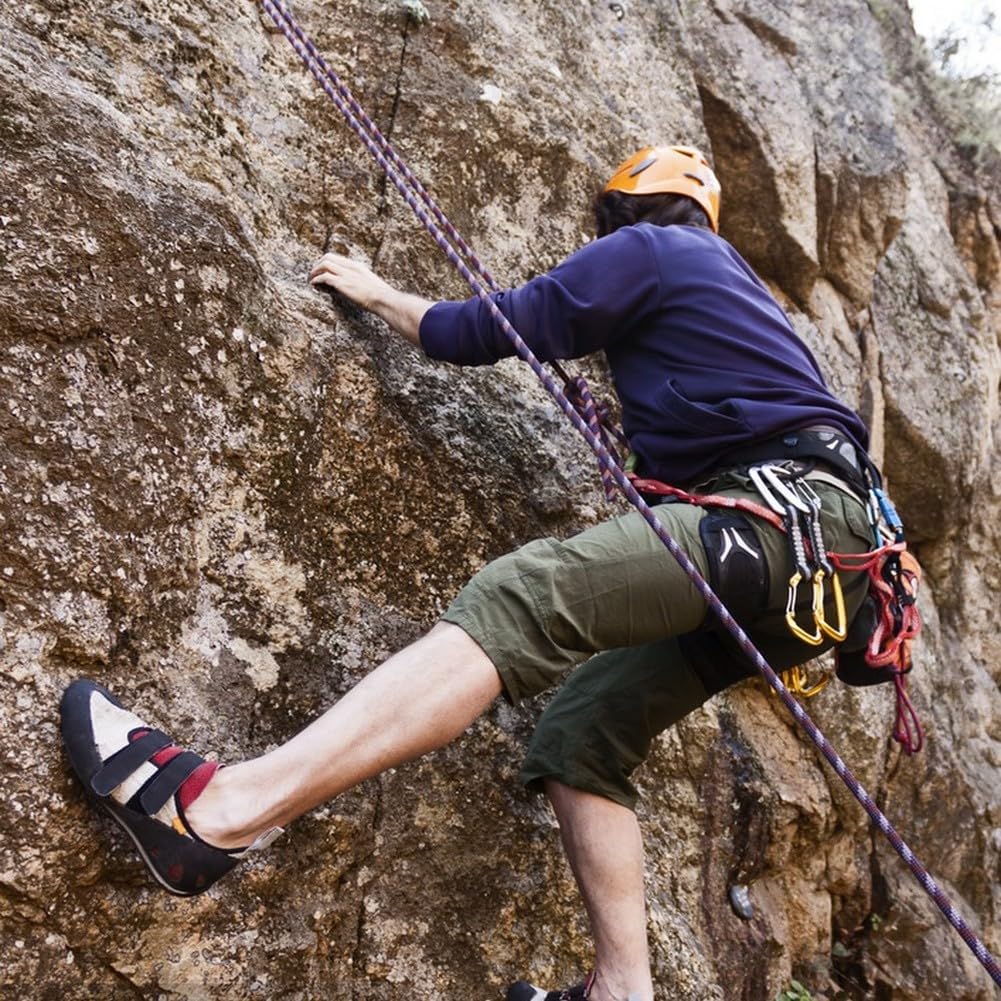Cointeaching Outdoor product specialty store, safeguarding your safety.

From Basics to MasteryThe Ultimate Survival Kit Guide
Rock climbing is a sport that constantly challenges you to push your limits and exceed your expectations. Once you’ve mastered the basics and are looking to take your skills to the next level, here are some advanced techniques and training methods to help you become a better climber.
1. Building Strength and Endurance
Comprehensive Strength Training
Climbing requires not just upper body strength but also core and leg strength. Besides regular climbing practice, incorporate targeted strength training such as pull-ups, hanging leg raises, squats, and push-ups to enhance your overall climbing ability.
Endurance Training
Climbing is a significant test of endurance. Increase muscle endurance and cardiovascular capacity by engaging in prolonged climbing sessions, such as repeatedly climbing easier routes. This will improve your performance during extended climbs.
2. Enhancing Techniques
Dynamic and Static Climbing Techniques
Mastering both dynamic moves (like jumps and leaps) and static moves (like slow, precise movements) allows you to navigate various types of routes effectively. Practice these techniques to improve your balance and coordination.
Efficient Footwork
Precision and strength in your footwork are crucial for successful climbs. Learn to use your toes and the edges of your feet for footholds, minimizing reliance on your arms to maintain stability and conserve energy.
Clever Use of Body Weight
Learn how to adjust your center of gravity and use its movement to reduce energy expenditure and increase climbing efficiency. Keep your body close to the wall and avoid excessive hanging to maintain balance and control.
3. Mental Training
Building Confidence
Your mental state plays a critical role in climbing. Gradually build confidence by continuously challenging yourself and completing higher-difficulty routes. Each successful climb boosts your confidence and courage.
Overcoming Fear
Fear of heights and falling is a challenge every climber faces. Gradually increase the difficulty and height of your climbs to practice dealing with fear, maintaining calm and focus to overcome these mental barriers.
4. Learning and Networking
Attending Climbing Courses and Events
Participate in professional climbing courses and training camps to learn the latest climbing techniques and safety knowledge. Sharing experiences with other climbers, learning from each other, and motivating each other is also a great way to improve your skills.
Watching and Analyzing
Watch videos of top climbers, analyzing their techniques and movements to learn new climbing methods and strategies. Record your climbs, review and analyze your movements, and identify areas for improvement.
5. Upgrading Equipment
High-Performance Gear
As your climbing skills improve, choosing higher-performance gear can enhance your climbing experience. For example, opting for more professional climbing shoes, lighter quickdraws, and more durable ropes can give you an advantage during climbs.
Conclusion
Rock climbing is a sport full of challenges and enjoyment, and mastering advanced techniques requires continuous practice and persistent efforts. By building strength and endurance, mastering advanced techniques, engaging in mental training, learning and networking, and upgrading your equipment, you can constantly push your limits and reach new heights in climbing. Remember, safety always comes first. Enjoy every challenge and achievement that climbing brings, making your climbing journey full of excitement and rewards!
